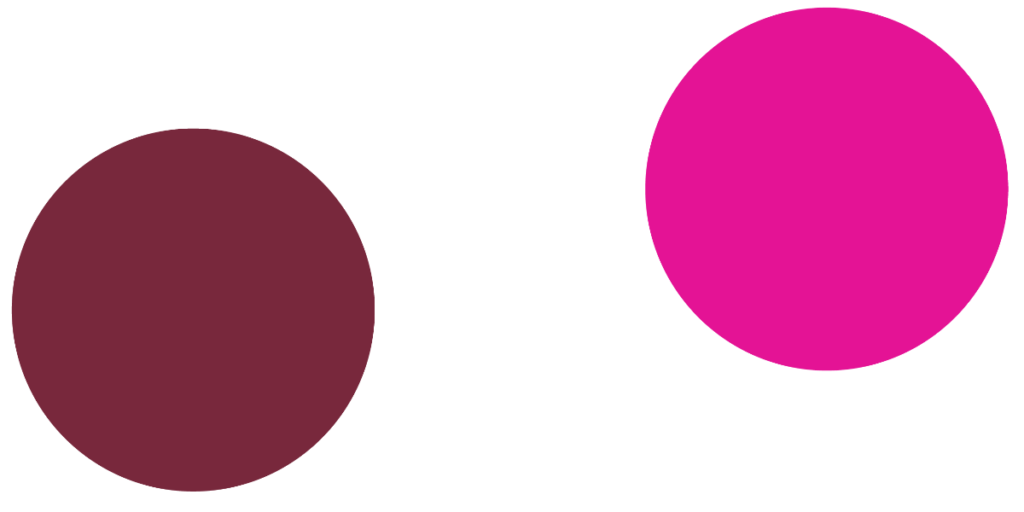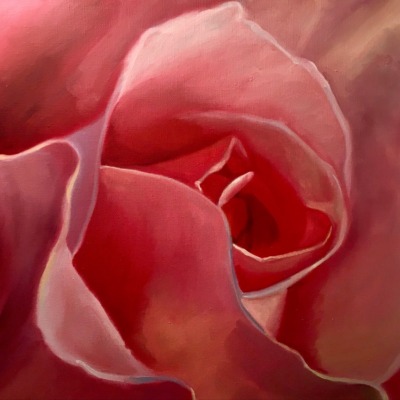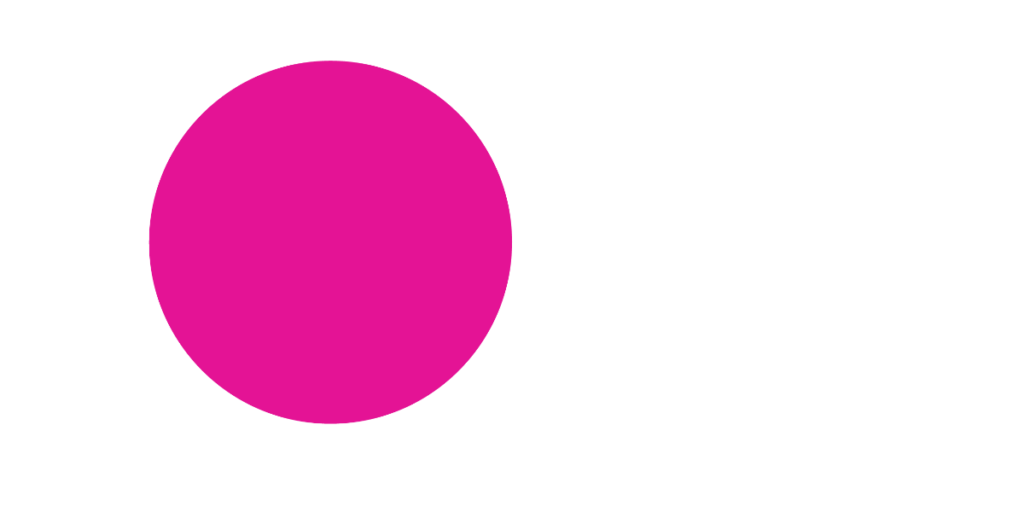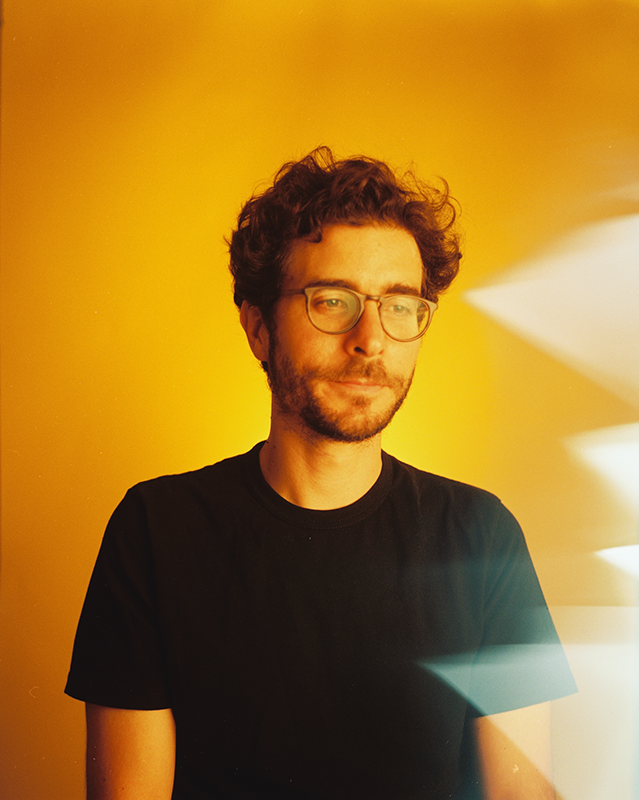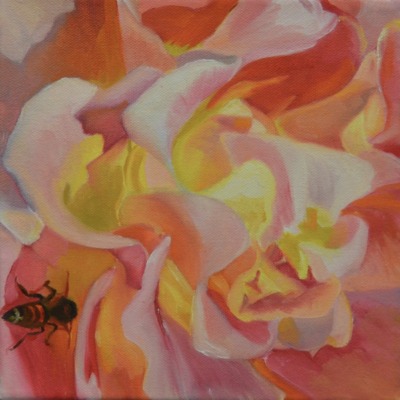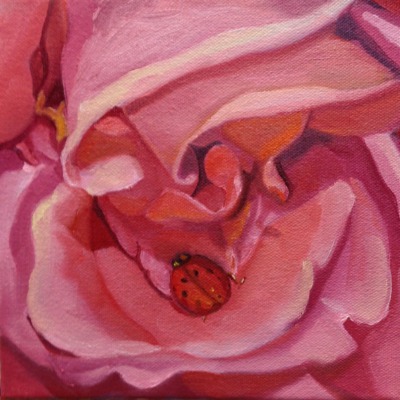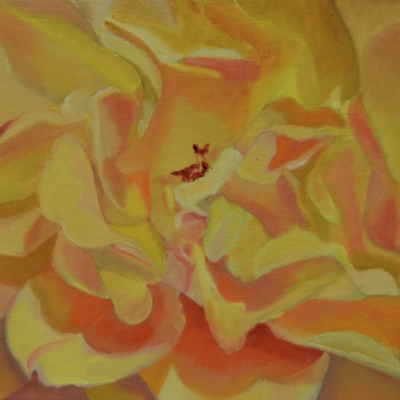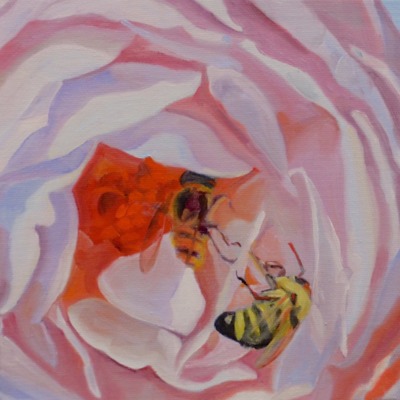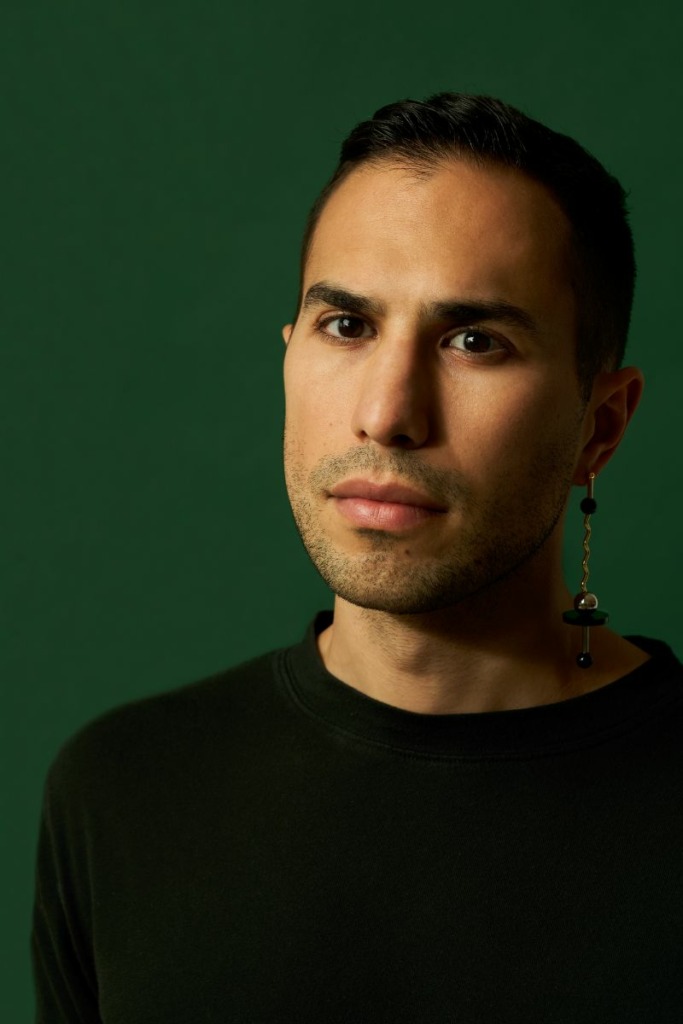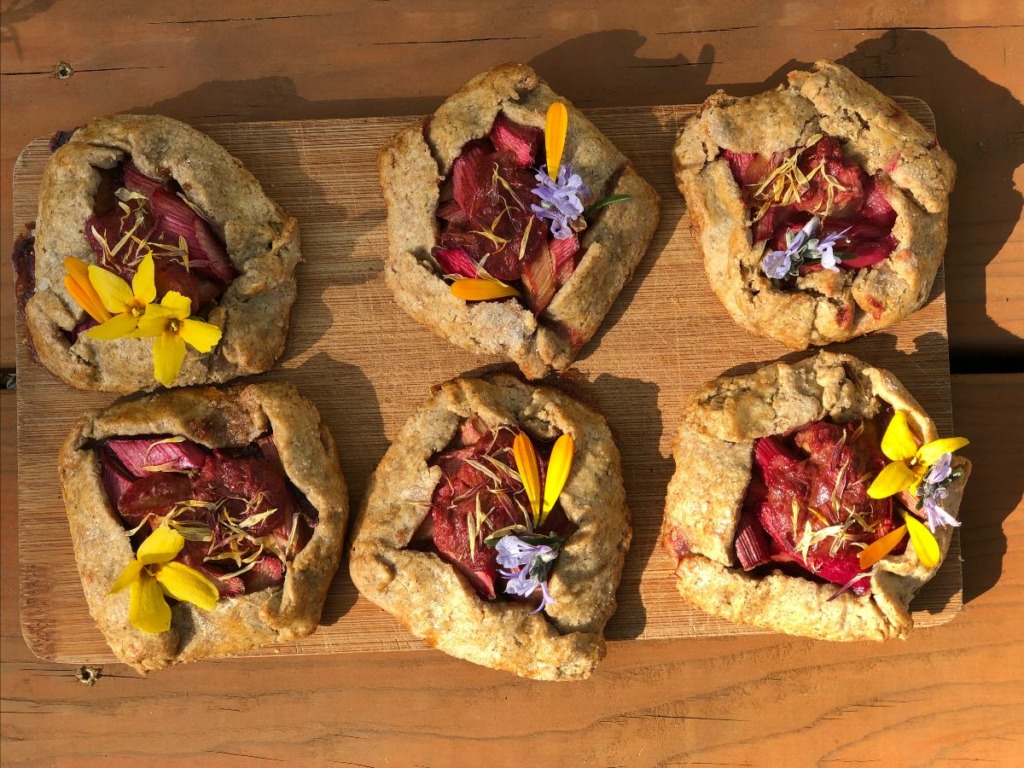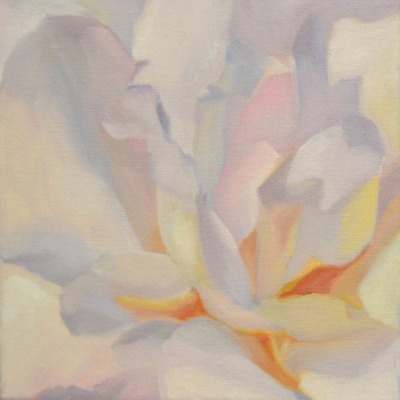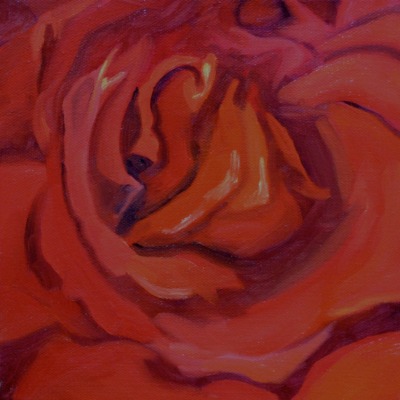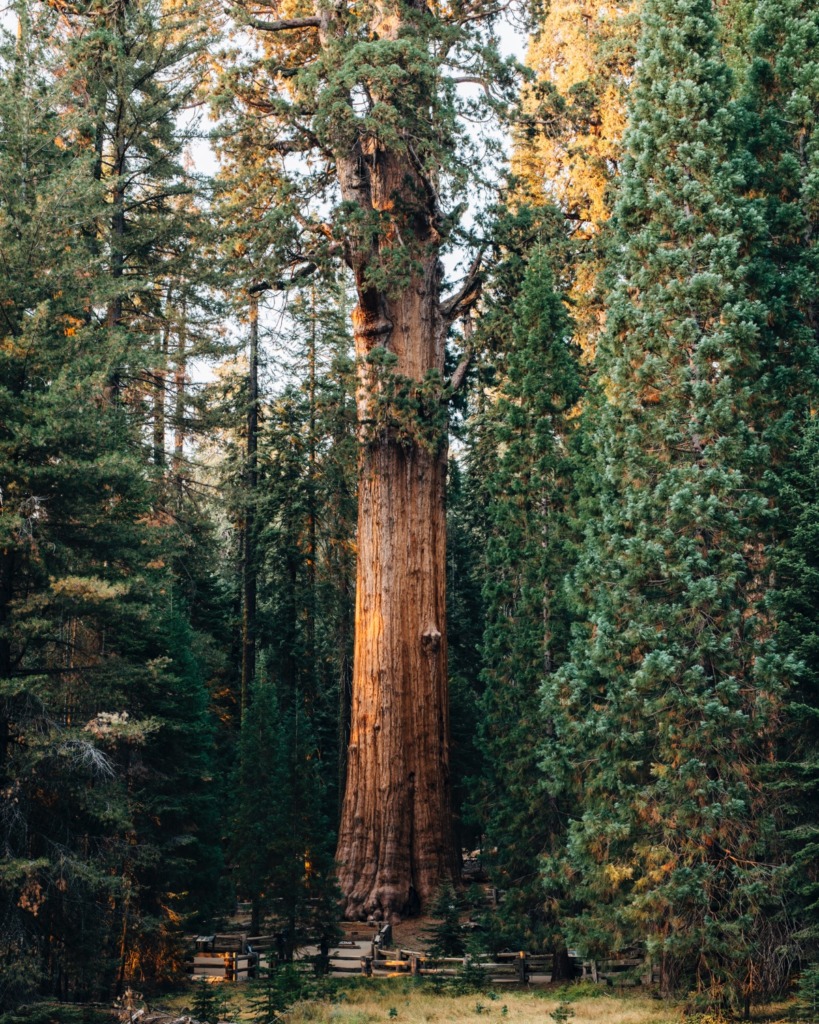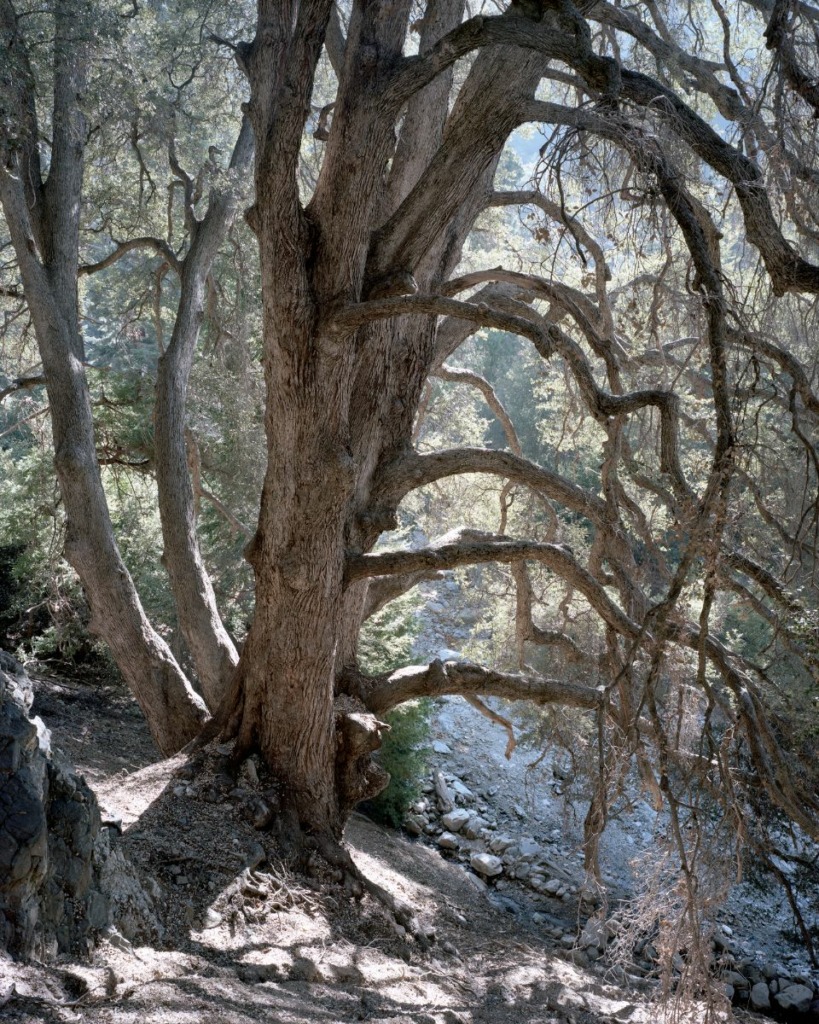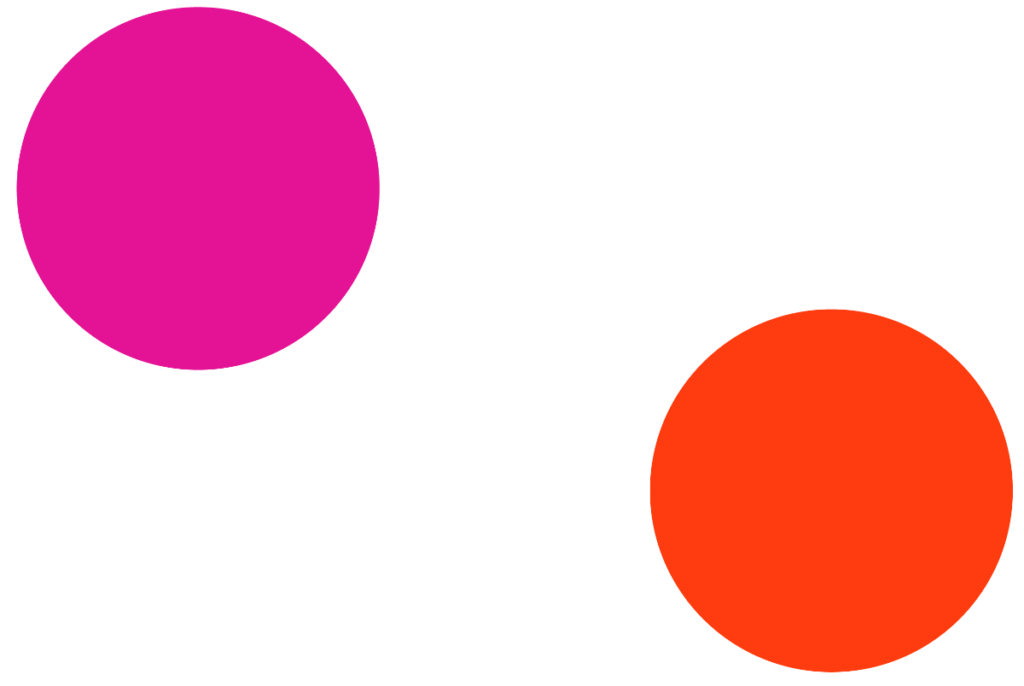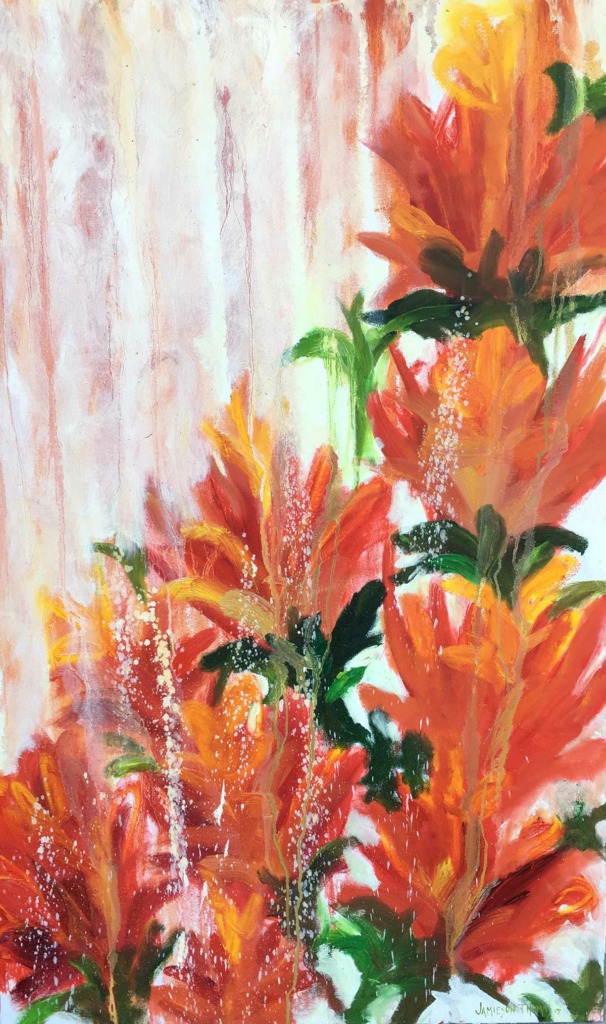Table of Contents
Language of Flowers
Swale
Little Pets
The Porch Economy
Rhubarb Galettes
Gathering Growth
Hi friends,
Alex here, founder of Daly and Publisher of The Daly News. Welcome! ❤️
This year, we unveiled Daly Media, which comprises our print effort, The Daly Paper, and now, its quarterly digital counterpart: The Daly News. For each publication, we connect with people in our community who inspire us, asking them to share an untold story around a central theme.
This issue’s theme is Bloom, which has taken on a whole new meaning for me, considering the current devastating and challenging climate. After two weeks in quarantine in New York, my boyfriend and I decided to drive down to my hometown of Miami, where I have now been for over a month.
Most mornings, I wake up early and take walks with my mom––exercise is the only thing that is keeping me present-focused in this chaos and uncertainty. In Miami, nature is booming with cars off the roads––peacocks perch on roofs, yellow and blue parrots soar across the skies, and flowers explode with life. Nature gives me hope.
We landed on the theme of Bloom well before the onset of the pandemic, but realize that it’s now particularly apt, considering the difficult moment we are in. My wish is that Bloom will provide you with a respite of color and warmth after weeks in isolation. Perhaps it will give you hope; or maybe it will just make you smile.
Love,
Alex
“Observing nature allows us to grasp the emotional and spiritual aspect of the cycle of life: seed, seedling, bud, bloom, pollination, wilting, and reseeding. There is no death, just resurrection in a new form.”
—Jamieson
In this short documentary by Rava Films, environmental artist Mary Mattingly creates Swale, a floating food forest set on a reclaimed barge—which invites the public to cultivate fresh food as it travels through NYC harbors, acting as a setting for conversations about food and water as a human right.
“In these days of sheltering-in-place, seeing images and memories of being in the outdoors, as well as communing and sharing space with others, can provide inspiration and much needed escapism from our current confined realities. Looking back can also bring out our worst fears: perhaps of losing a way of life that as New Yorkers we once held so dear. But as this film shows, NYC is as resilient as its inhabitants; New Yorkers have always used creativity and imagination to find ways to care for their city, as well as for each other.
In this short documentary from 2016 (which feels like a lifetime ago!) the artist and creator of Swale, a floating edible forest set on a reclaimed barge, reminds us that we need to reach for creativity and art to create utopias, even while immersed in our dystopian realities. Despite the force with which the coronavirus has swept our dear city, spring is in full bloom across New York and we must remind ourselves that beauty and hope are still possible within our reach.”
—Ava
“In creating this piece, we aim to form dialogue between humanity and the Earth, to provide a springboard for listeners and ourselves into the wonder of our interdependence—when we chance upon it, and when it chances upon us.”
—Gilian & Seth
For Kajuyali Tsamani, Nabi Nunhue
They are writing about you, Earth—good stuff,
you know—the refuge, reset, and that
place you now claim in this new life you
are crystalline clearing smog-haze clouds
the two-footed creatures staying inside—
you said we would wake up with this New
let it slip shapeless from this fever dream
we only have to sit up and listen
home is a sense of place too—though
most of us keep pets for pleasure you
wink as the vulture crests with our wail
it is of no importance to you—you just tend
sway nurture grow
and hold past a buried hearth
“The possibility of paradise hovers on the cusp of coming into being, so much so that it takes powerful forces to keep such a paradise at bay. If paradise now arises in hell, it’s because in the suspension of the usual order and the failure of most systems, we are free to live and act another way.”
—Rebecca Solnit, A Paradise Built in Hell
Last night, I hosted a potluck entirely through contact-less porch exchanges. As I sit down to write this, Oregon has been on a “Stay Home, Stay Safe” order for over three weeks. So, as the April full moon approached last week, I felt a growing sadness over an anticipated loss. I have been hosting full moon dinners for a while now as a way to slow down, take stock of the present moment, and to acknowledge the tender ways our lives depend on the rhythms of Earth. Feeling sore over not being able to gather for this ritual, my mind raced to find solace in the bits of beauty this global disaster has manifested.
Dehydrated carrots. Corn cookies. A stick of incense. A jar of local honey. A pretty rock. A painting of a vase of tiny pink flowers. A quart of brown sugar. Hundreds of loaves of sourdough bread. Rose plants transplanted from my new community garden plot. Squash seeds. Bubbling sourdough starters. A slice of pie. A wheel of cheese. Fermentation experiments. The largest head of cabbage I’ve ever seen. A ‘hello from the other side of town’ zine. These are just a few of the things I have given or received via porch drop-offs in the last three weeks. I have started calling what is happening the “porch economy.”
The porch economy—which consists of gifting, trading, and bartering through socially-distanced exchanges on porch steps—has spread like a network of mycelium under the forest floor, gathering and distributing nourishment, mutual support and resource redistribution as we witness all the rules we have been taught to play by crumble in the wake of COVID-19. So, on the day of the full moon (the Pink Moon, a day to acknowledge the life force of Spring bounding forth) I wrapped up my pink rhubarb galettes (recipe below), loaded them into my car, and orchestrated an admittedly inefficient communal meal. From each porch, I collected a contribution to the meal: delicate pink kombucha from Emily’s porch, mesmerizing dark hued beet crackers from Ariela, moon stickers from Lily, and so on. After everyone’s goods had been circulated across the porches, we ate dinner separately; alone but together. Later that night as the moon rose, we each released intentions to the moon in a fire burning ceremony shared over video message. Nine friends, five fires, five porches, one ritual.
At first I hesitated to use the word ‘economy’ to describe the porch economy, given our cultural association of the word as a synonym for ‘capitalism.’ But then I reminded myself to cling to the real root of the word. “Eco” comes from the Greek word oikos, meaning “home.” At its root, the economy refers to the ways we collectively manage our home places. The porch economy represents nothing new. However, it is breathing a new life into the enactment of economic alternatives that has taken place across communities for generations. This is a breath of life I hope we can capture and hold on to.
A lot of people, myself very much included, are feeling quite unsure of how to talk about or navigate the feeling of beauty in the presence of one of the most surreal, scary, and unknowable times of our recent memories, a reflective state I recognize as inherently privileged. The porch economy has helped a partner and I deal with the reality that, just weeks after entering a wonderful new romance, we were no longer allowed to touch; it has given me a sense of belonging when the anxiety of the present moment builds up to a breaking point; it has kept my community fed nourishing foods without going into a grocery store where we could contract or contribute to the spread of a deadly virus. I think the porch economy feels like a glimmer of hope for what a new kind of economy of care looks like.
The reality is, I am very scared in the midst of this pandemic. But what if we let parts of our fears and anxieties become a new normal? As Rebecca Solnit writes in A Paradise Built in Hell: “Many events plant seeds, imperceptible at the time, that bear fruit long afterward.” What seeds have been planted in this truly peculiar moment? What fruits can we choose to harvest?
Katie’s Rhubarb Sourdough-Spelt Galettes for the Pink Moon
“I made these rustic tarts loaded with jammy pink rhubarb for the April full moon, to remind us that the Earth’s rhythms are still going strong throughout the trying times we find ourselves in. When rolling out the dough, I like to meditate on the journey the grains took to get from seed to field to mill to me. I like to take a moment to say, ‘thank you’.”
—Katie
Ingredients
For the Crust
2 ½ cups whole grain spelt flour
2 tablespoons brown sugar
A generous pinch of salt
1 stick + 6 tablespoons unsalted butter, cold and cut into 1-inch cubes
Two large spoonfuls of sourdough starter mixed into ½ cup ice-cold water to create a runny paste
For the Filling
4 cups rhubarb sliced to 1-inch pieces
⅓ cup sugar (I use half cane sugar half brown sugar)
½-1 tablespoon spelt flour
½ teaspoon salt
1 tablespoon butter
Egg yolk mixed with a splash of milk (optional)
Coarse sugar (optional)
You may have leftover fruit mixture; cook it down on the stove into a soft compote and spoon it over yogurt or on a piece of toast!
Let’s Bake!
Make the Dough
Whisk the flour, sugar, and salt together in a large bowl. Use your fingers or a pastry cutter to cut the butter into small pieces somewhere between the size of a walnut and a pea. You can also do this by pulsing the flour, sugar, salt, and butter in a food processor. Create a well in the middle of your flour and butter mixture, and slowly add the cold liquid a little bit at a time, mixing in by hand or pulsing in the food processor. You may not need to use all of the liquid. The dough should stick together if you squeeze a piece between your fingers but you don’t want it to feel ‘sticky.’ Dump the dough onto the counter and bring it together into one solid mass with your hands. Wrap in plastic wrap or a large freezer bag and place in the fridge at least overnight or for up to 3 days (this stage allows the whole grains to fully hydrate, and gives the sourdough a chance to impart flavor and tenderness to the crust).
Prep the rhubarb
Mix rhubarb, sugar, flour, and salt together in a large bowl. Let sit to get nice and juicy for at least 30 minutes before baking.
Assemble and bake the galettes
Preheat the oven to 350º F.
Divide the dough into 6-8 even balls (if you would like to make one large galette and serve as slices, rather than individual servings, ignore this step). On a lightly floured surface, roll the dough out to roughly ¼-inch thick. Transfer the rounds to the baking sheet lined with parchment paper. Scoop a generous mound of rhubarb onto the middle of each round. Fold the edges of the dough up and over the edges of the fruit center, crimping the crust to create corners (embrace the “rustic” nature of a galette here). If you would like to ensure an extra crispy tender crust, stick the unbaked galettes in the refrigerator for about 20 minutes.
Using a pastry brush or your fingers, apply the egg-milk mixture to the top of the crust and sprinkle with coarse sugar (optional). Nestle small pats of butter on top of the fruit.
Bake for 20-30 minutes, depending on the size and thickness of your galettes. You want the crust to be golden brown and firm around the edges and the fruit to be jammy inside. Let cool on a rack.
Enjoy, perhaps with a plop of unsweetened cream on top.
“I began working on the Gathering Growth project in 2017, focusing on documenting Champion Trees across the U.S. as an ambassador for American Forests. Over the last year, I have refocused and widened the direction of the project to documenting Trees of Significance and Old Growth Forests, at the highest quality possible. We have now become the Gathering Growth Foundation, with the goal to preserve the legacy of these trees and forests in an attempt to aid in curving the baseline on how trees are perceived in everyday life.
It was only a few years ago that I found myself in an old growth forest in the Pacific Northwest. Growing up on the East Coast, we don’t have those. It felt other worldly… something you’d only read about or see in movies.
From that first experience, I was fully hooked, and found myself doing late night Google searches on old growth forests and big trees. Getting my hands on every tree book I could find. Having this newfound obsession educated me and opened up a whole new way of thinking about trees and forests.
When I think of the word ‘bloom’ in the context of forests and trees and my experiences, I think about how people feel and react to nature, from flowering trees in NYC to old growth forests. It makes us feel alive.”
—Brian

